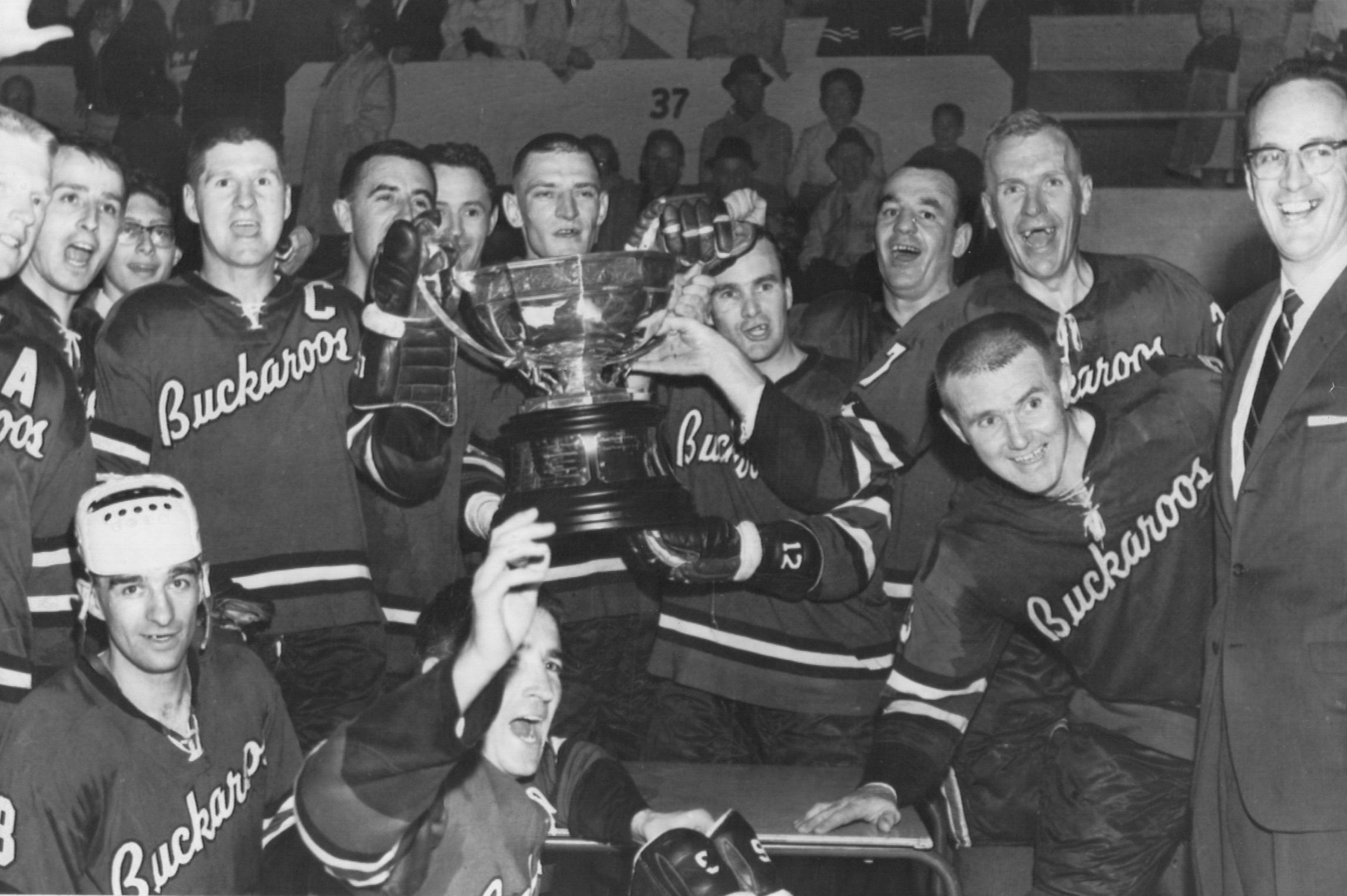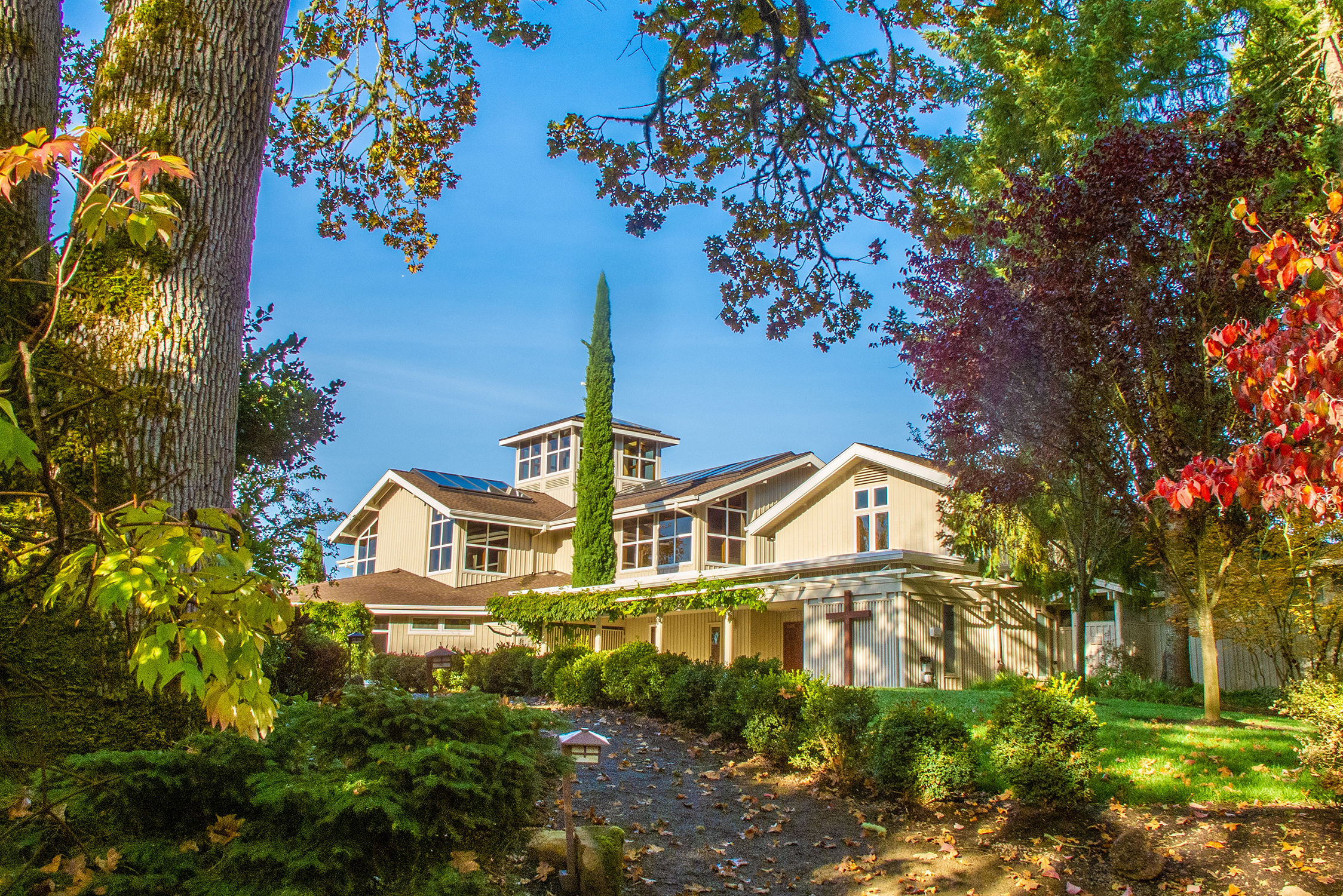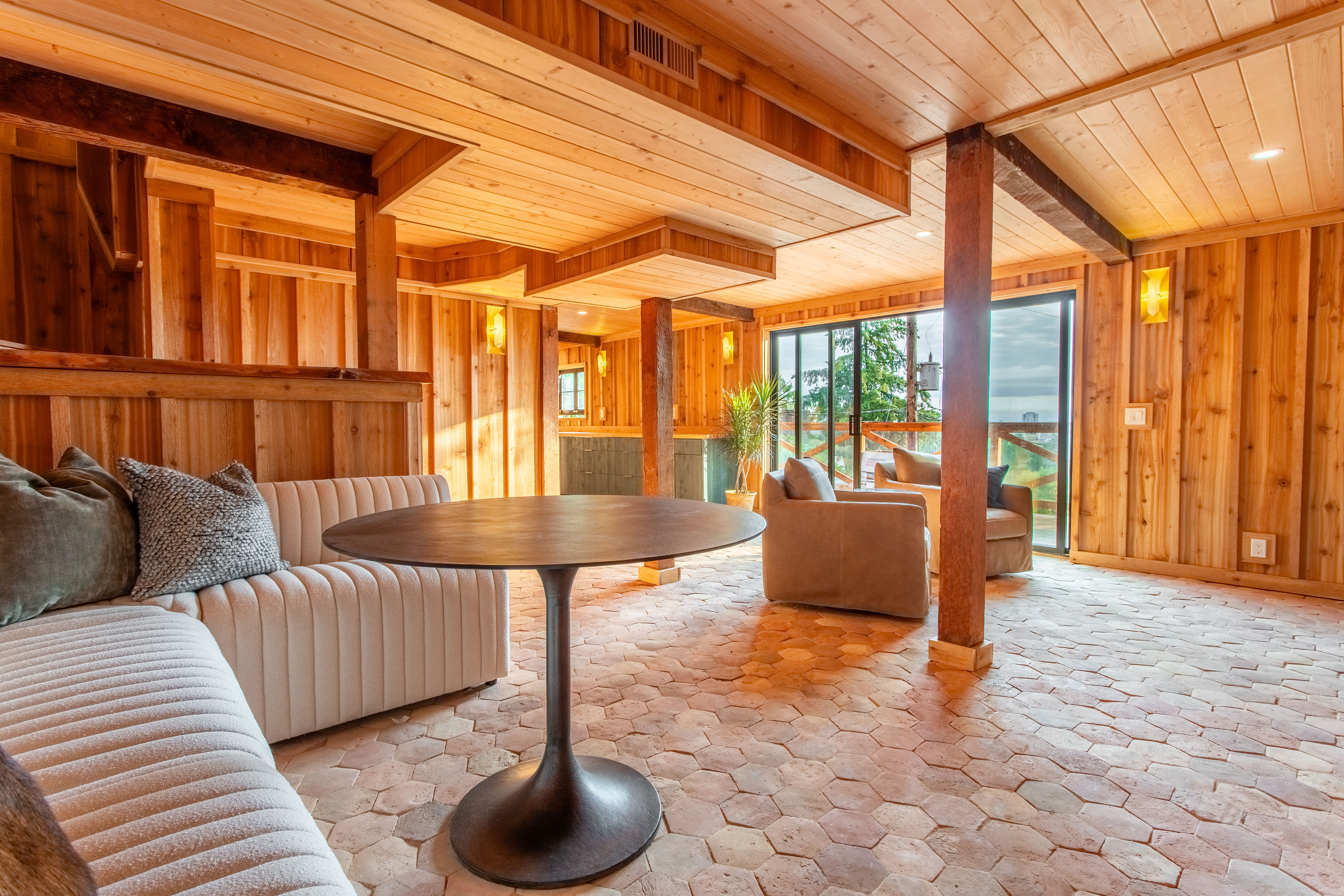Yes, the Memorial Coliseum Is Now a "National Treasure"

The National Trust for Historic Preservation, a nonprofit whose goal is to preserve historic buildings around the country, has just announced that it would designate Veterans Memorial Coliseum as a "National Treasure"—a designation that only 72 structures in the country have been given.
The 56-year-old Coliseum has avoided demolition twice: once, during Mayor Sam Adams’ tenure, when it was to be razed to make way for a baseball stadium; and again this past fall when Commissioner Steve Novick proposed selling the Coliseum to a developer who would, in exchange, provide some affordable housing.
Brian Libby, a local architecture writer, is one of two people with Friends of Memorial Coliseum who spearheaded the effort to get the National Trust’s attention. (The other is architect Stuart Emmons, who ran for Commissioner Novick’s seat in the recent election.)
“They don’t do this if it isn’t a significant piece of architecture or meaningful on a national level,” Libby says. “I’m happy to have them as an ongoing partner, to have the validation.”
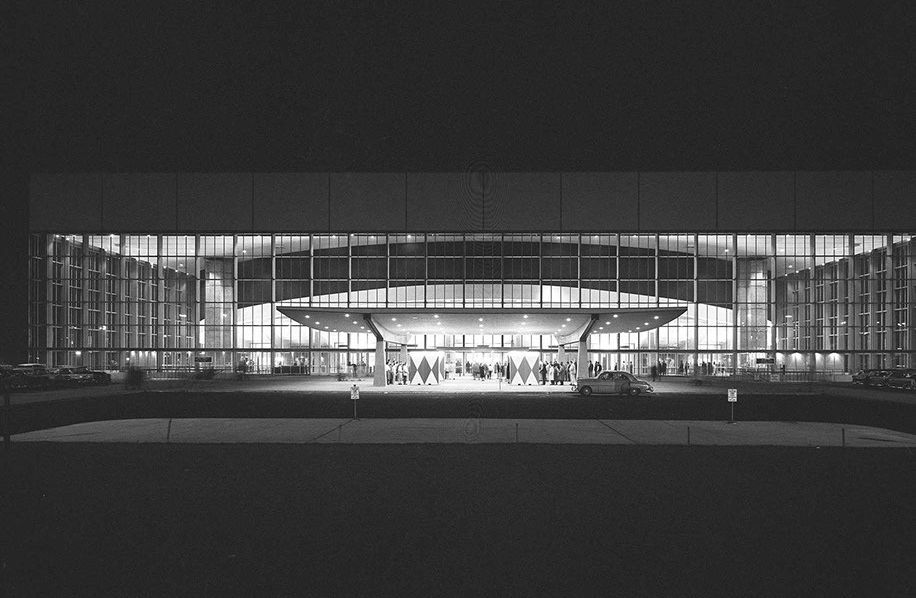
The designation, though, is only symbolic. The Coliseum will not gain any legal protections from the “National Treasure” label. That said, the National Trust will now “get involved for the long term to see the building restored,” according to Libby.
Libby says a building like this will add cultural and economic value. It fills a size niche—12,000 seats—that the city doesn’t otherwise provide. Providence Park fits 22,000, the Moda Center seats nearly 20,000, and the next largest venue after the Coliseum is the Schnitz, which seats 2,776. PSU's remodeled Stott Center will fit 3,000 when it is completed in 2018.
And, he says, it is a beautiful building. “It’s got this brilliant, elegant simplicity," Libby says. "It’s the equivalent to three city blocks on top of just four columns, which is an incredible feat of engineering, and the glass? It’s almost like you took the Roman Coliseum and put a glass box around it. As designed, it’s just about the only indoor arena in the world to actually have a 360 degree view to the outside from your seat.”
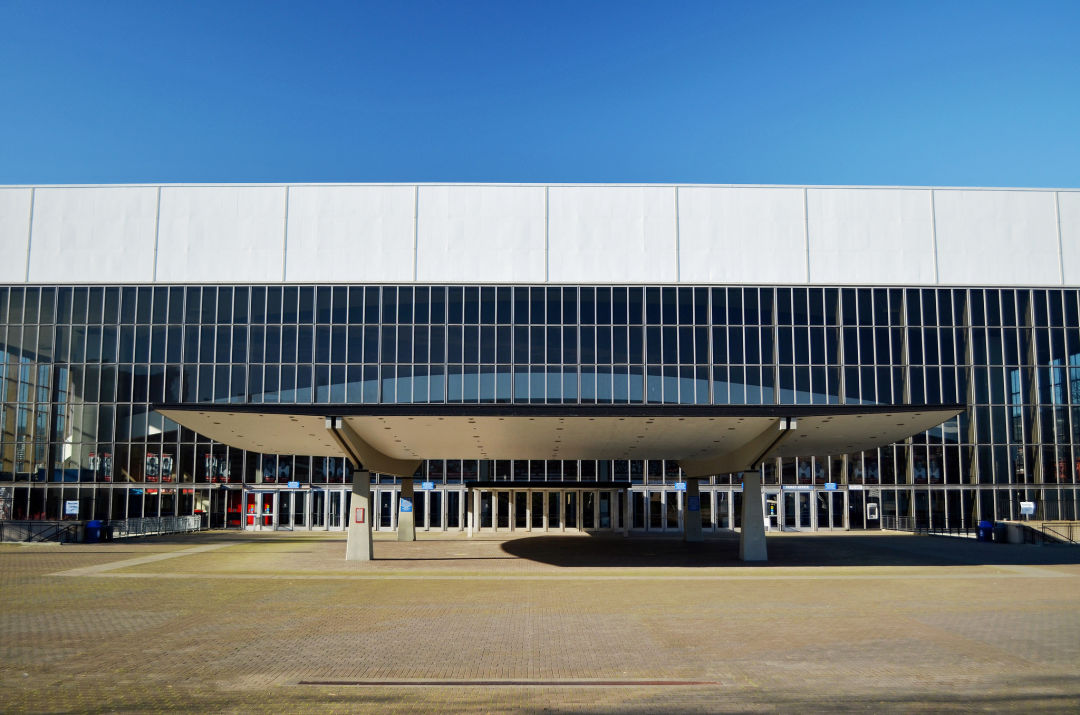
Image: Brian Libby
The Coliseum, though, is not universally beloved. The announcement, which was attended by Commissioners Fritz and Fish, is raising some eyebrows. (Brad Schmidt’s eyebrows are, per usual, raised high into his hair line as he outlines the potential cost.)
When asked if it’s worth pouring millions of dollars into the project, Libby vehemently rejected the idea that it would be a money pit. “[The Coliseum] is in great structural shape,” he says. “It seems like $30 million or $50 million is a lot of money, but it would take hundreds of millions to demolish and rebuild something else.”
Another staunch supporter of saving the run-down venue? Bill Walton, the hero of the Blazers’ 1977 NBA championship win—which unfolded in the Coliseum.
"Thirty-nine years ago this week, right here, on the banks of the powerful and majestic Willamette River, our beloved Portland Trail Blazers made history, changed the world and plotted a new path forward to the future," Walton wrote in a letter, which Libby read aloud at the announcement. "I was there then, as our Blazer team won the NBA championship at this magnificent shrine and temple —the Memorial Coliseum... Today most all of the other NBA arenas I played in have been torn down. But Veterans Memorial Coliseum still stands tall and proud because of its very special place in our lives and as a one-of-a-kind work of architecture."
